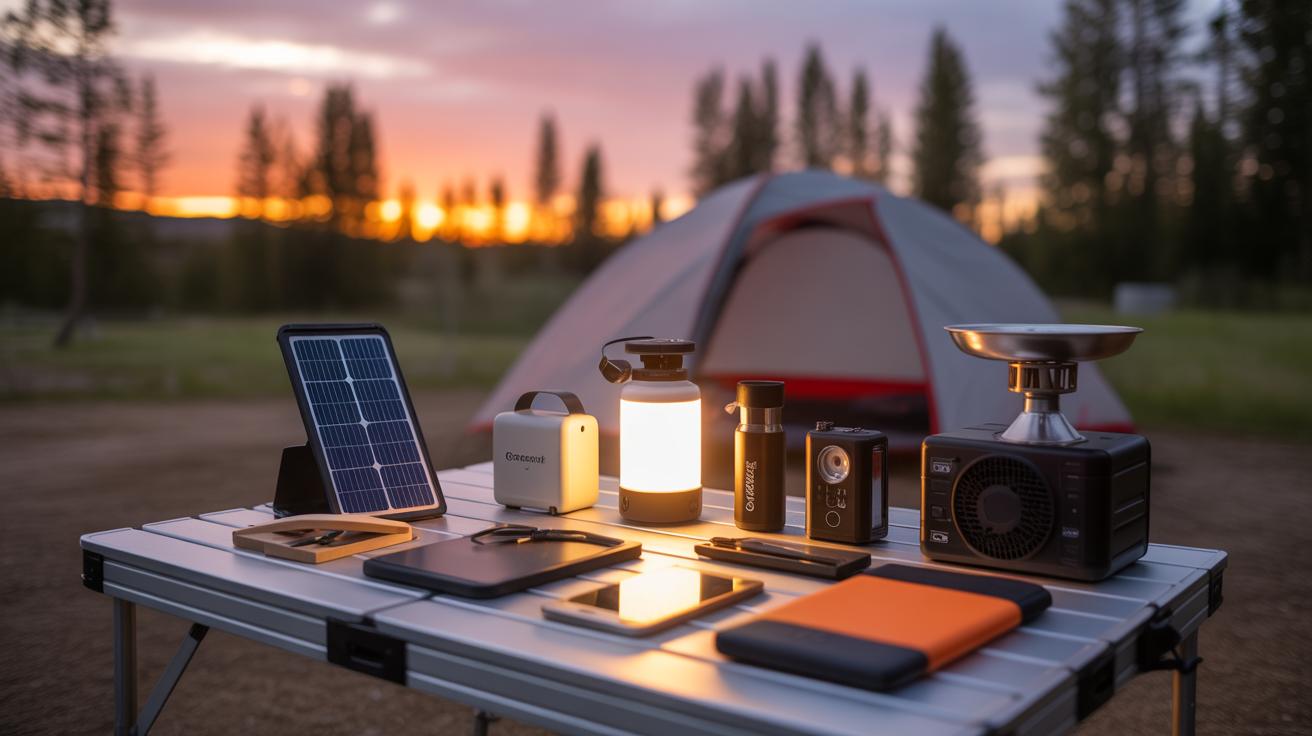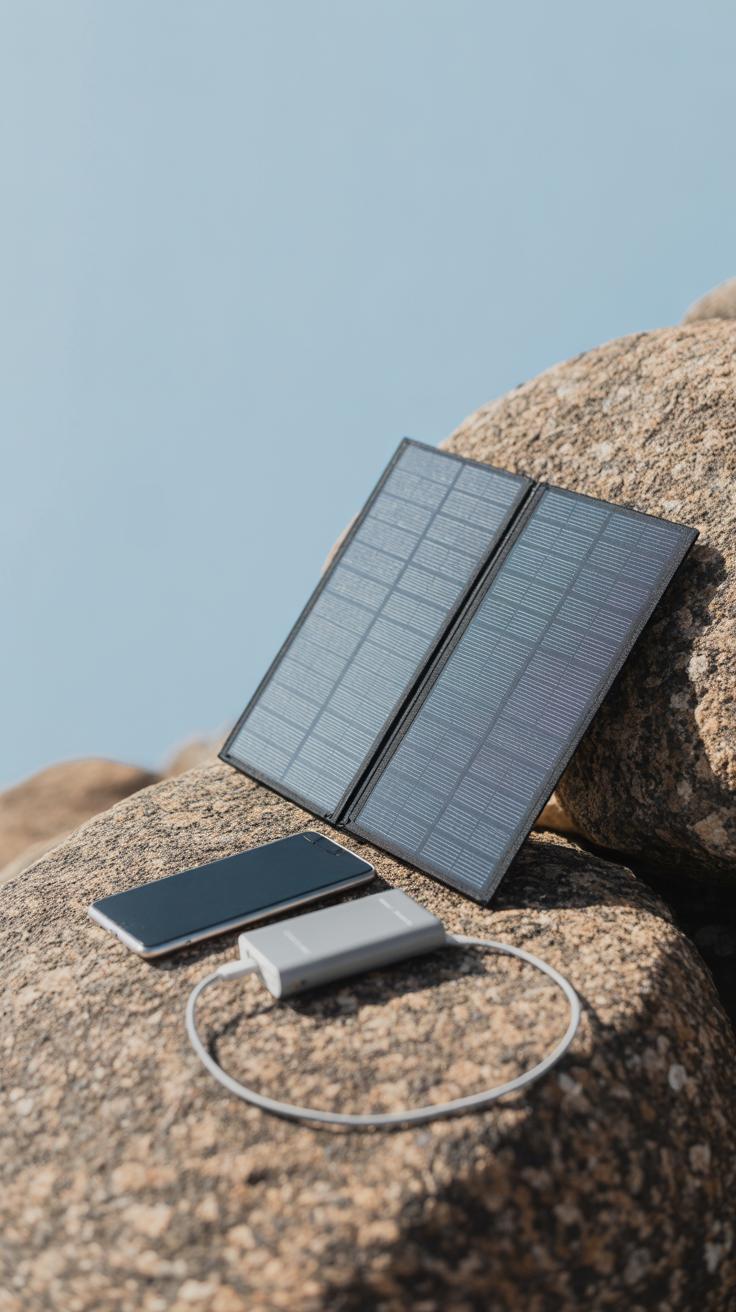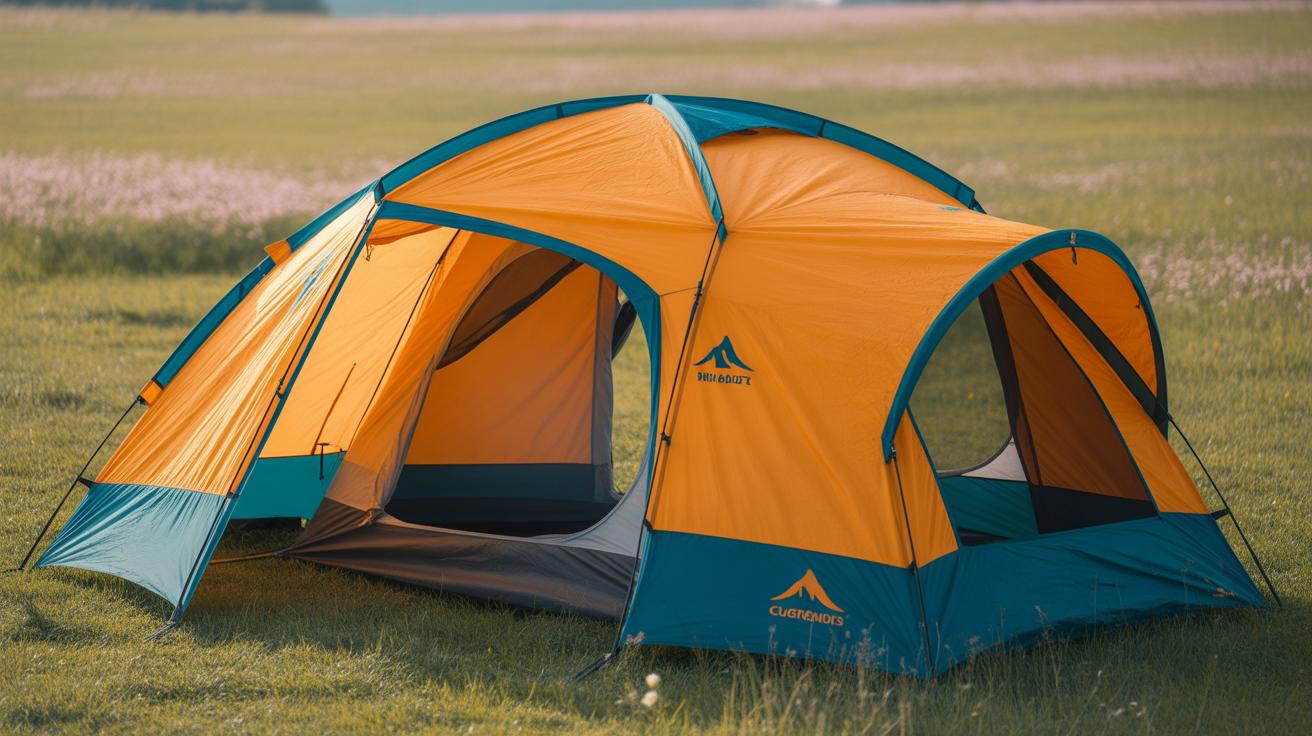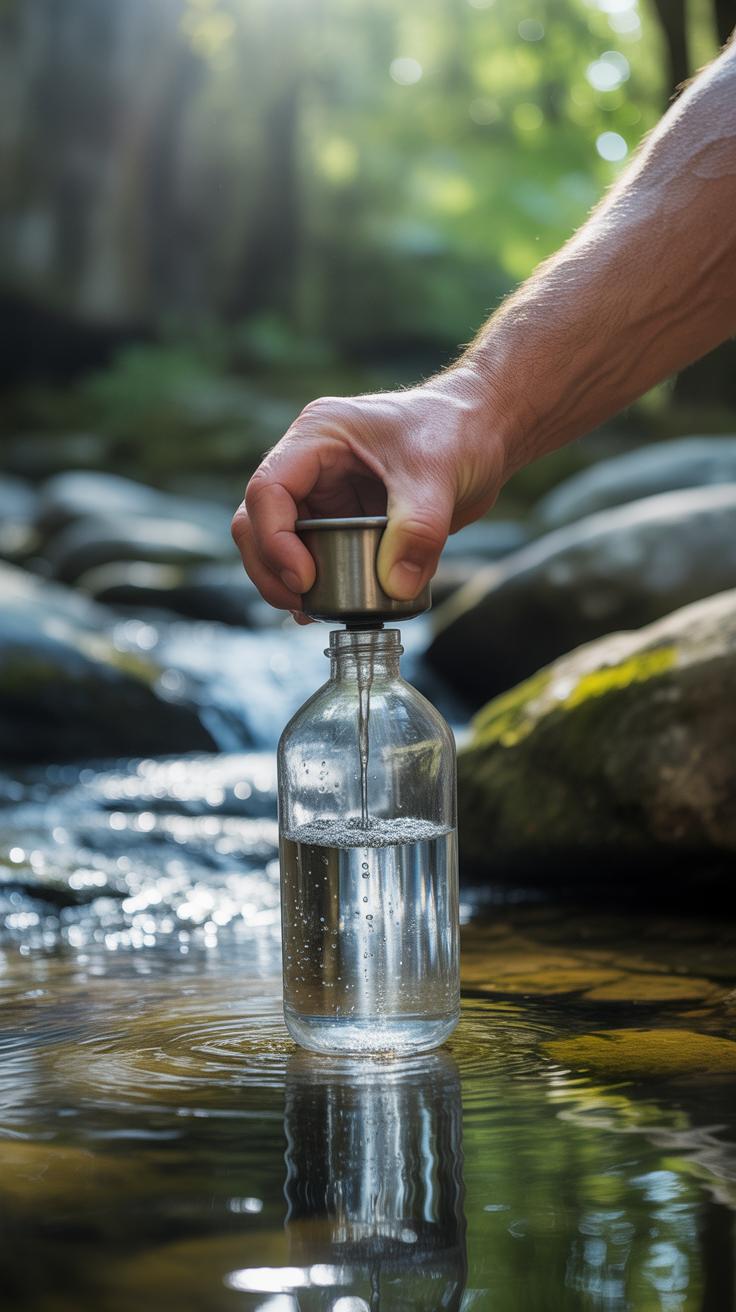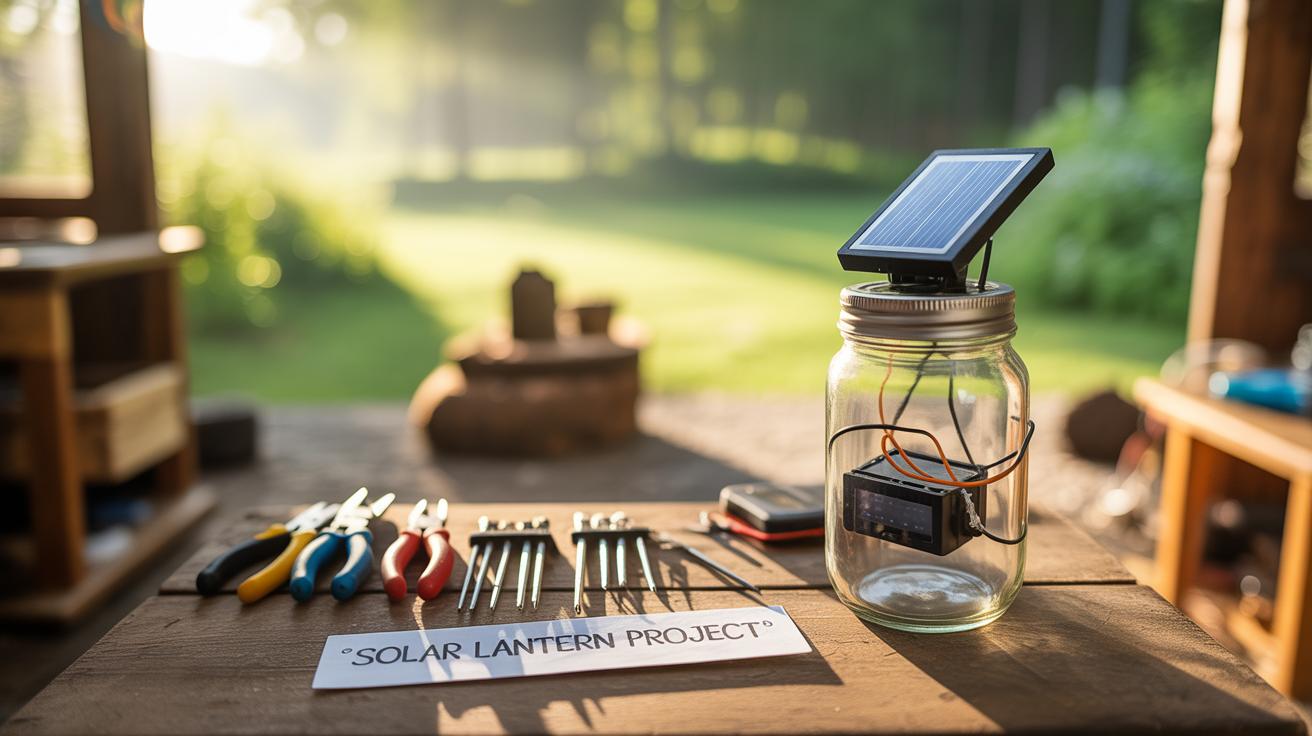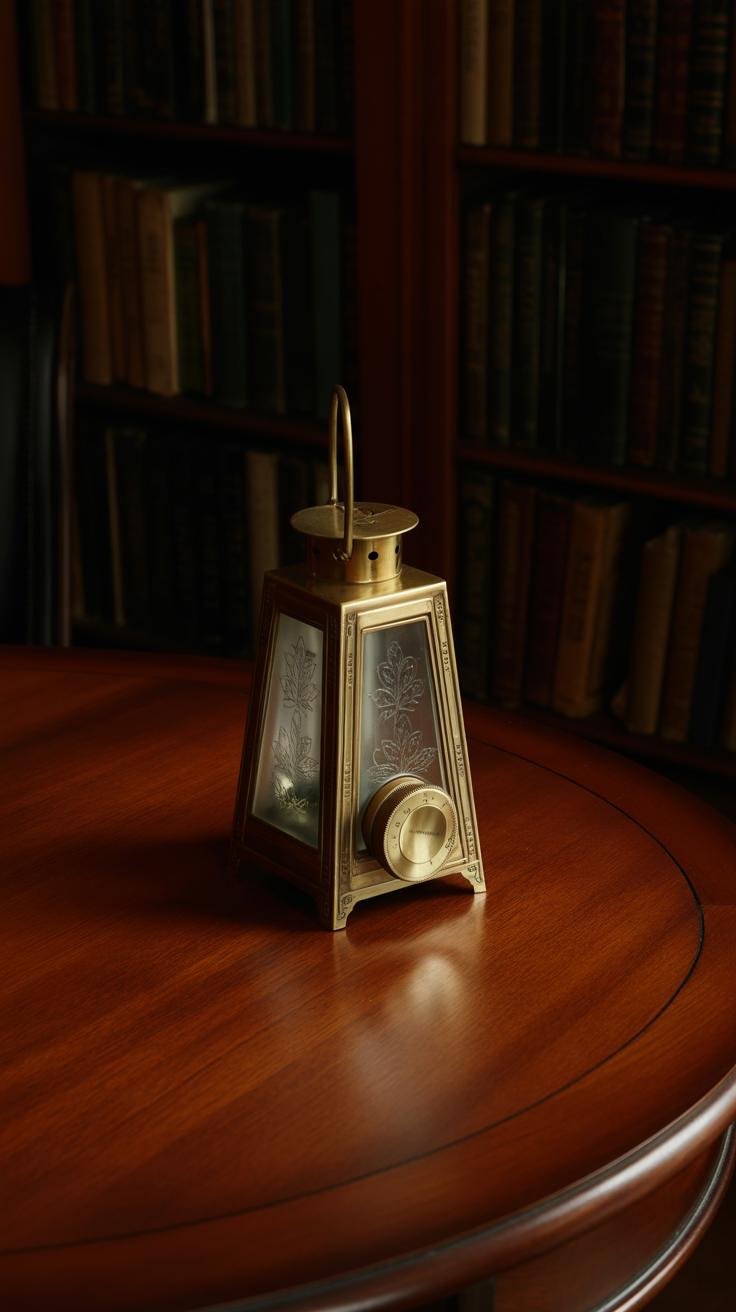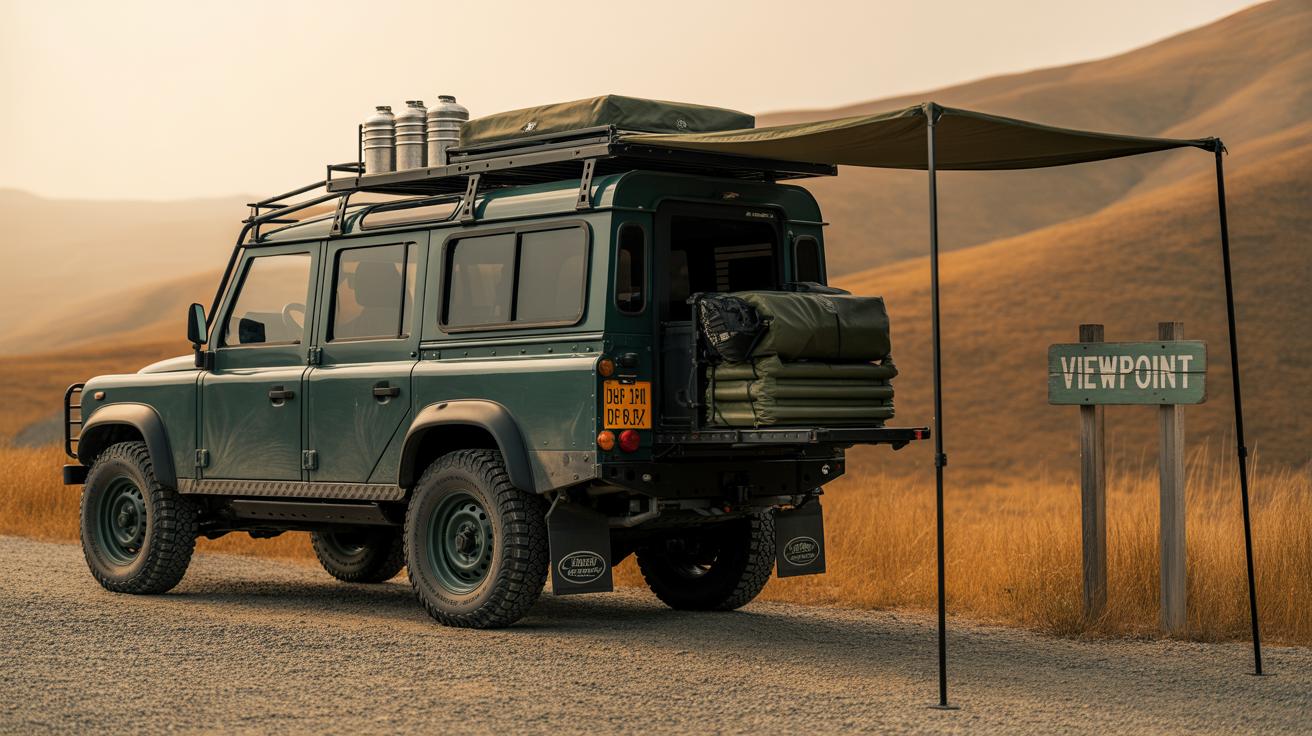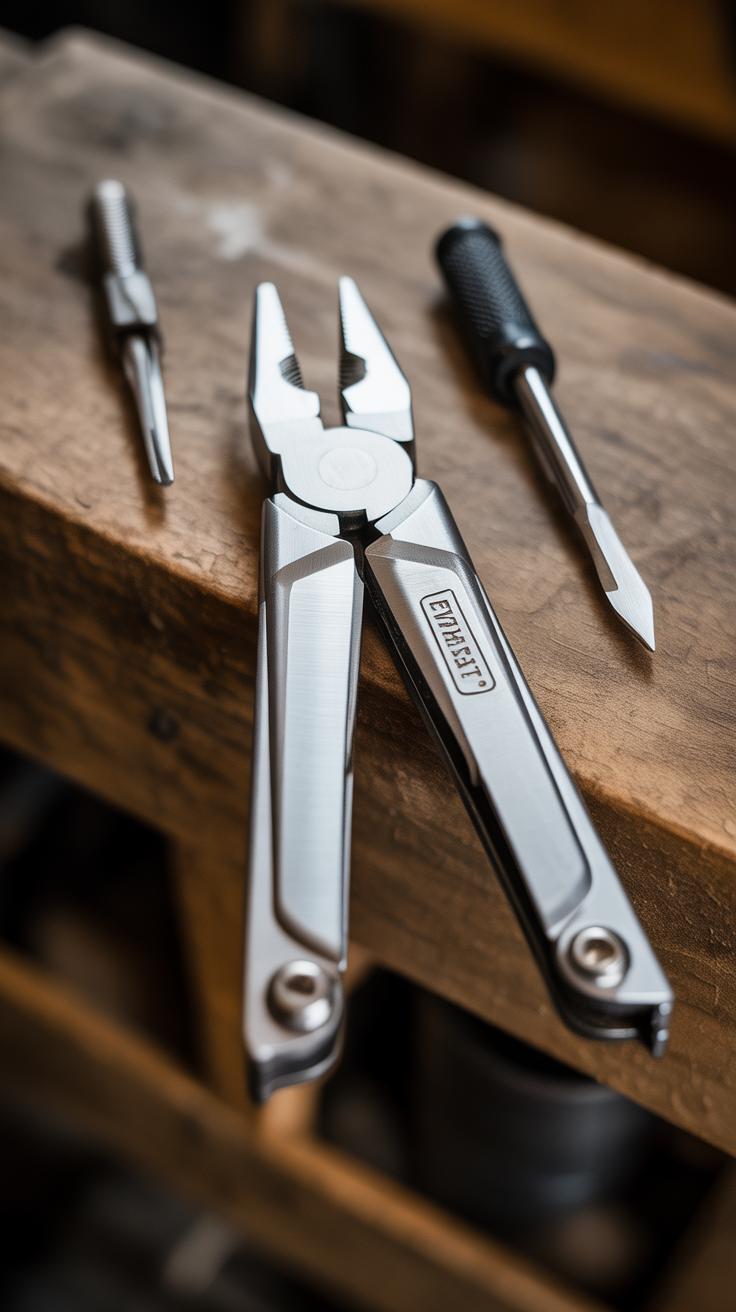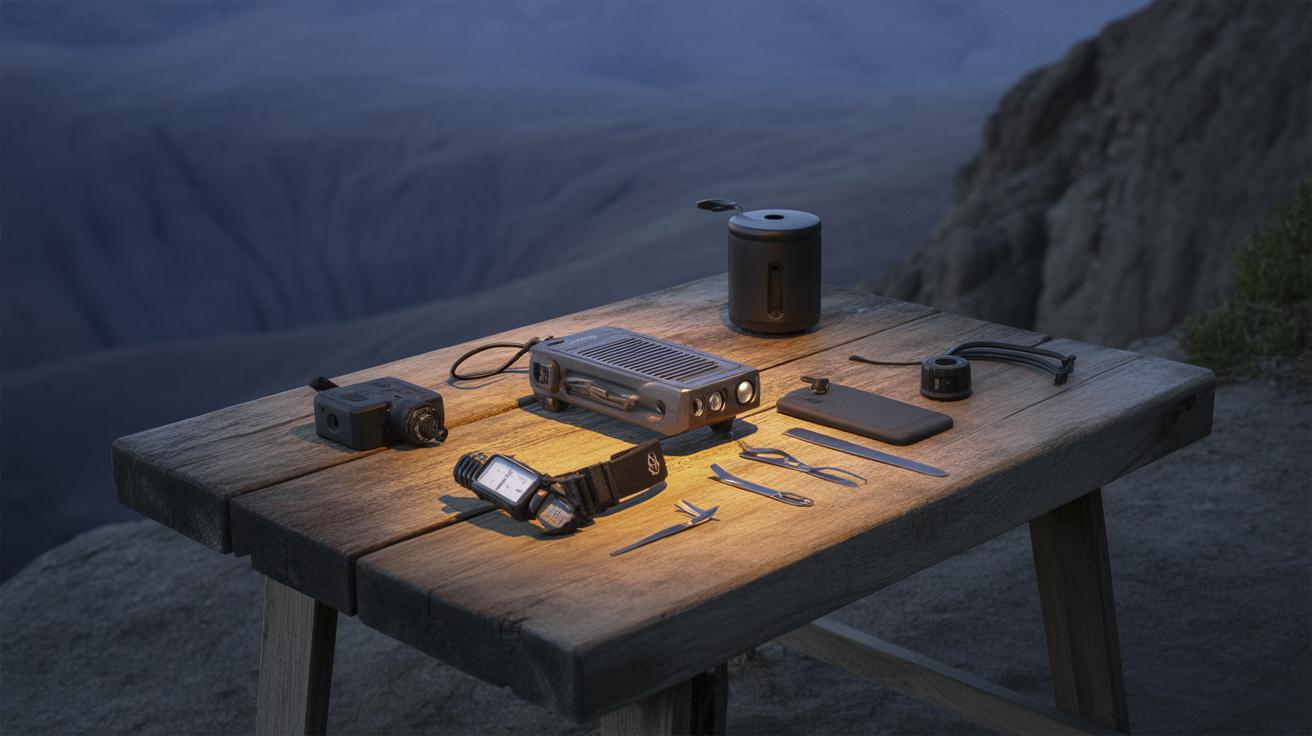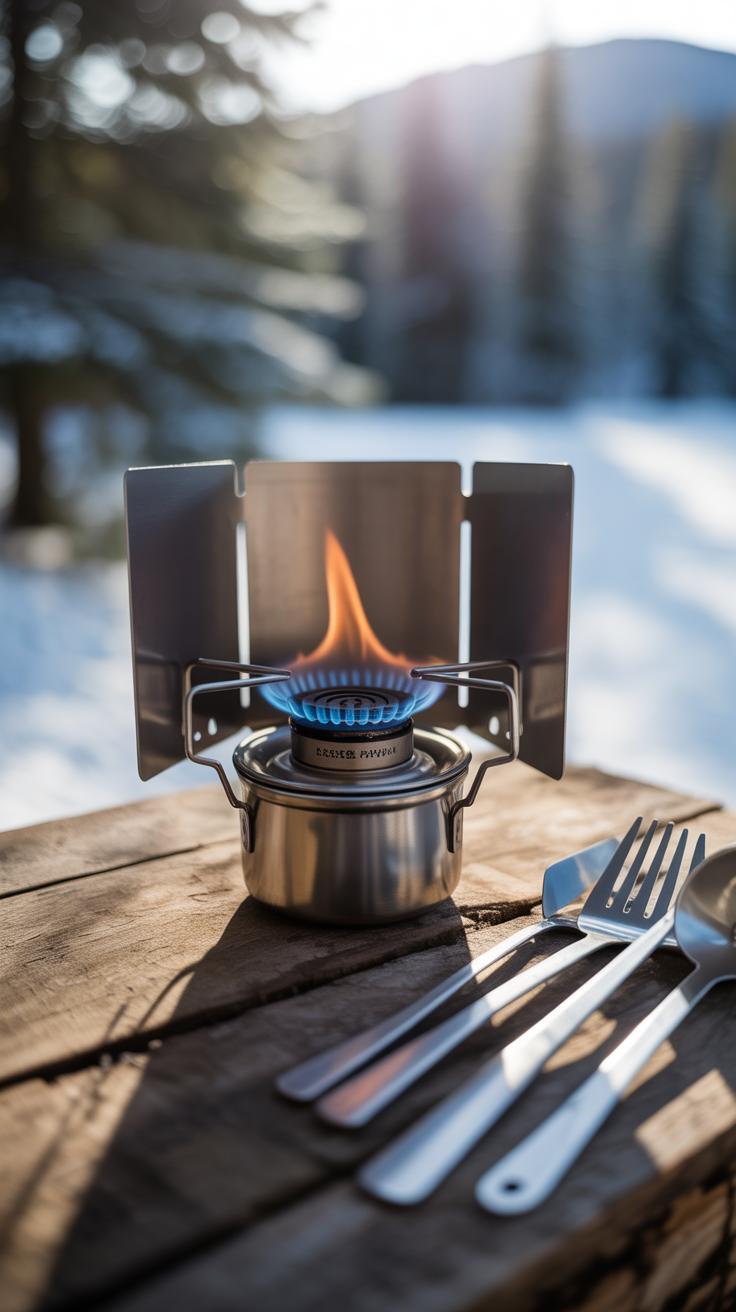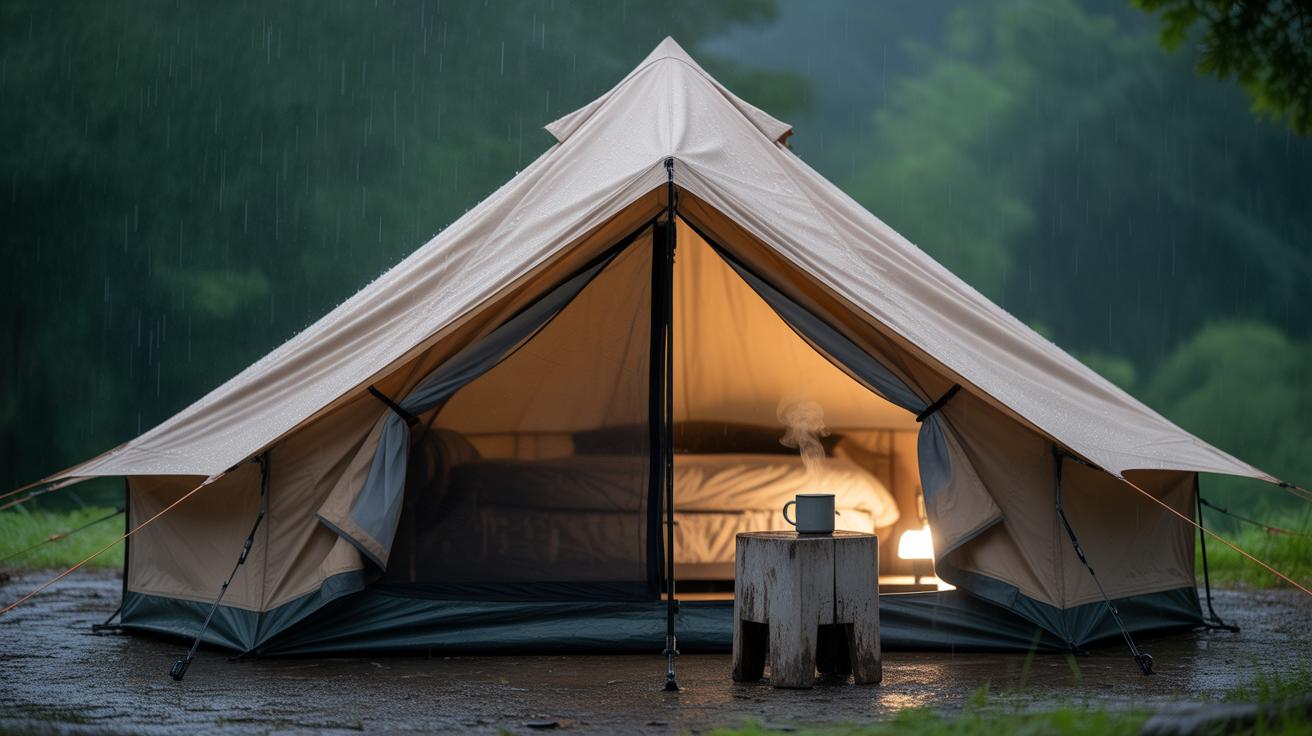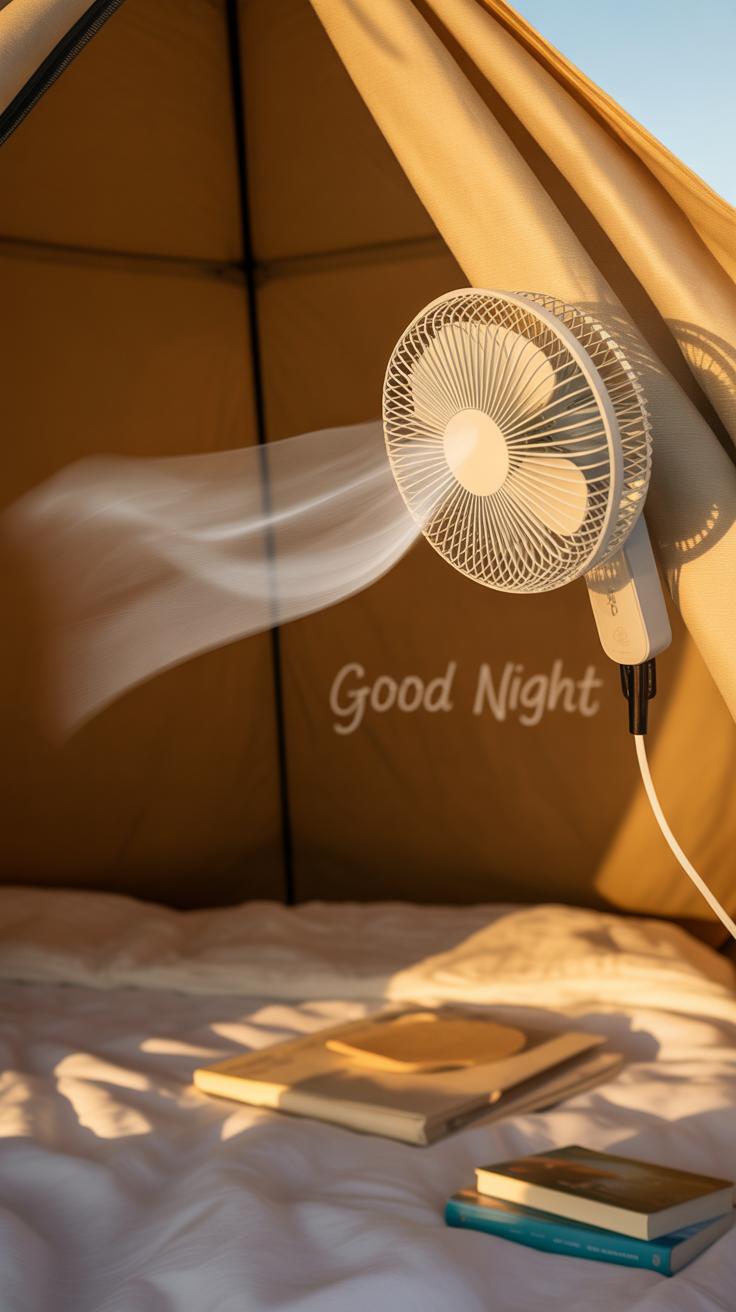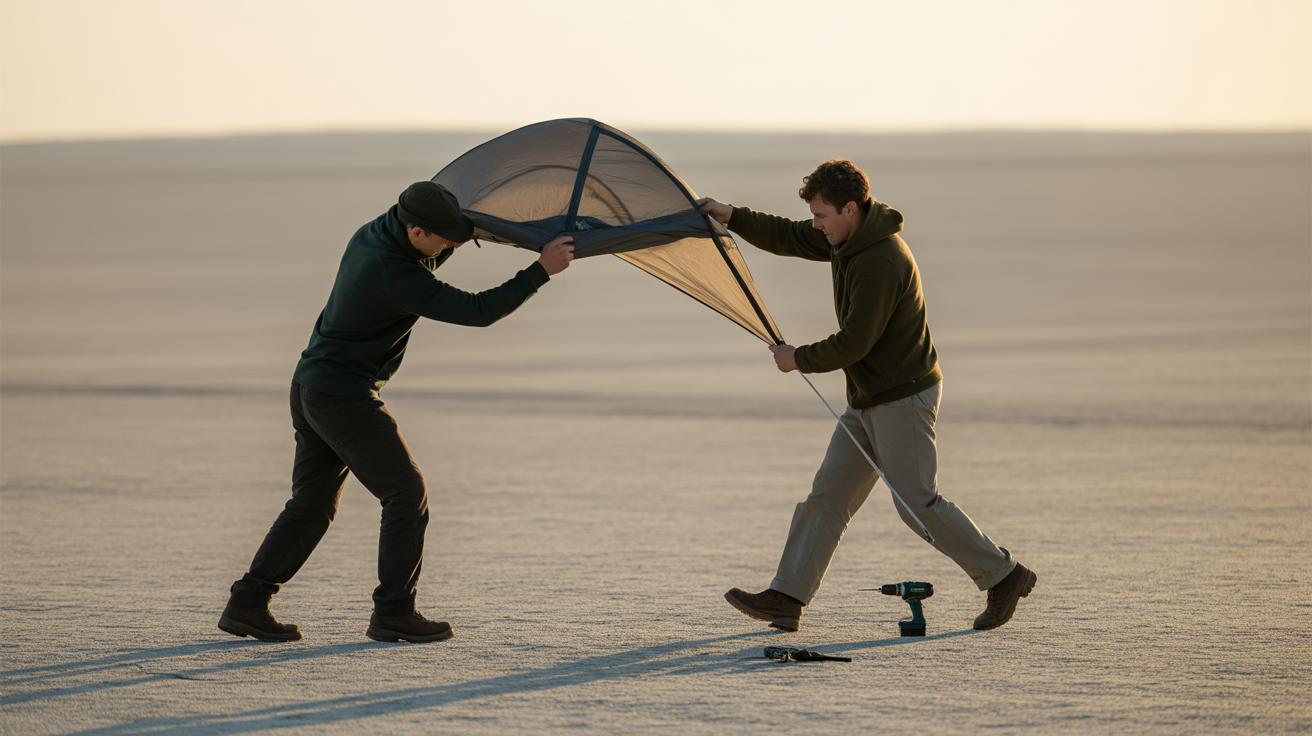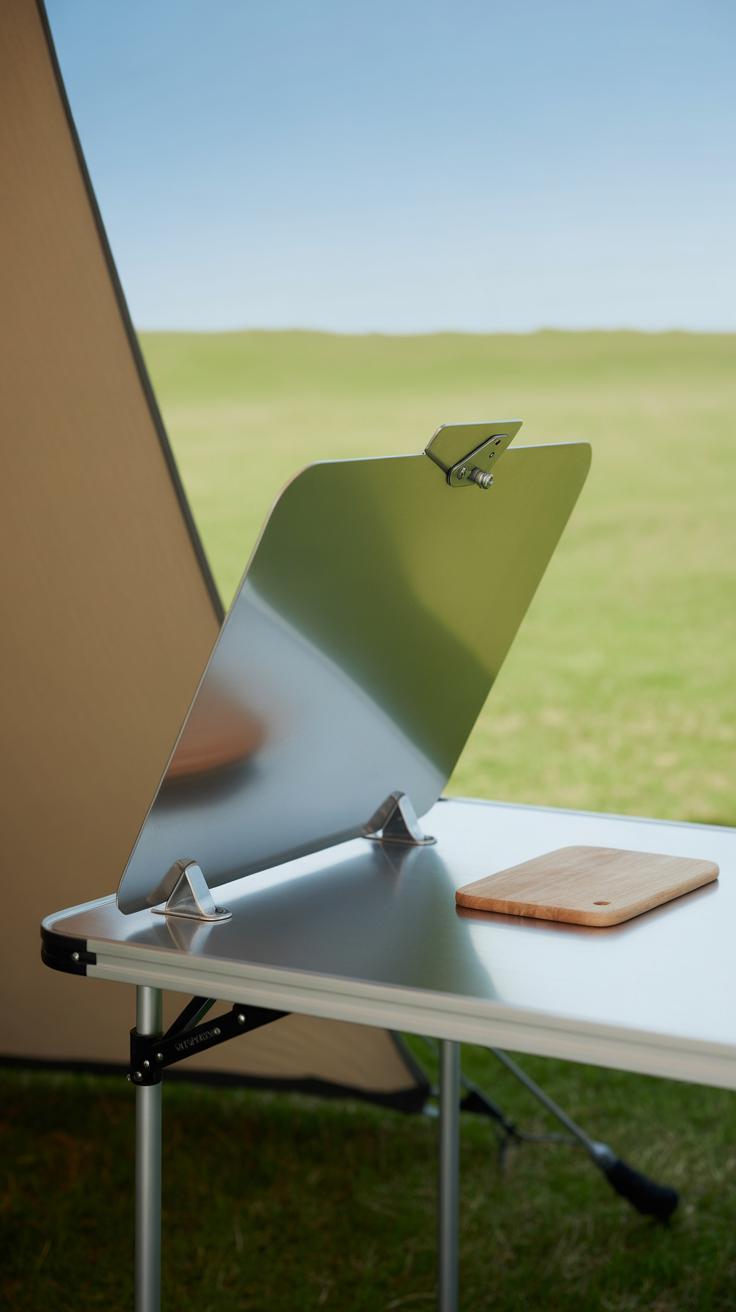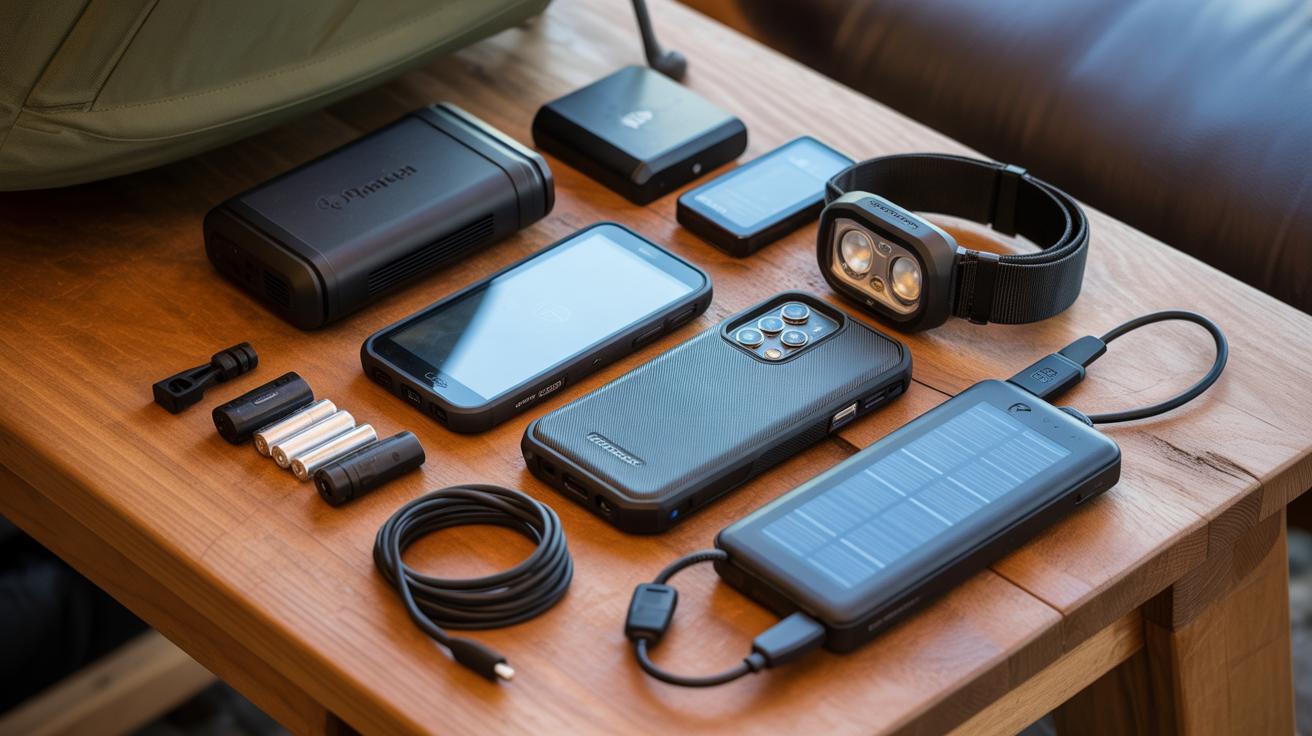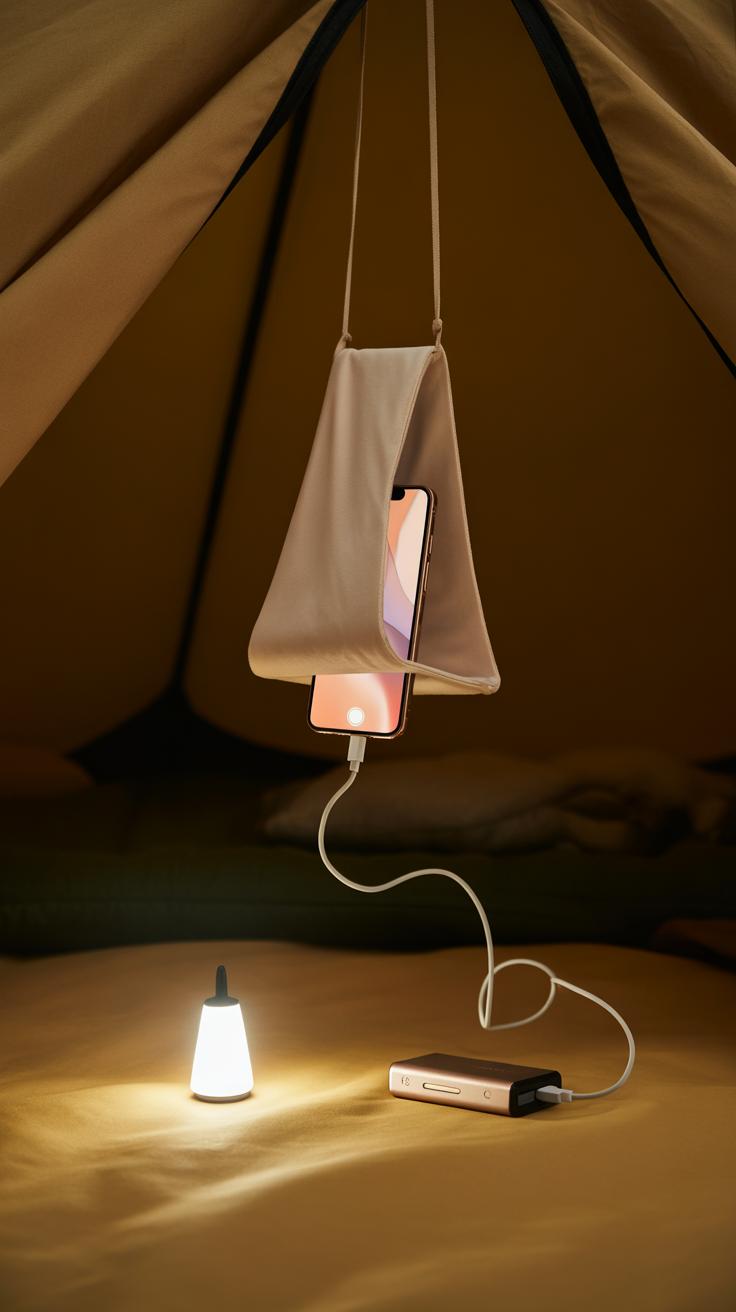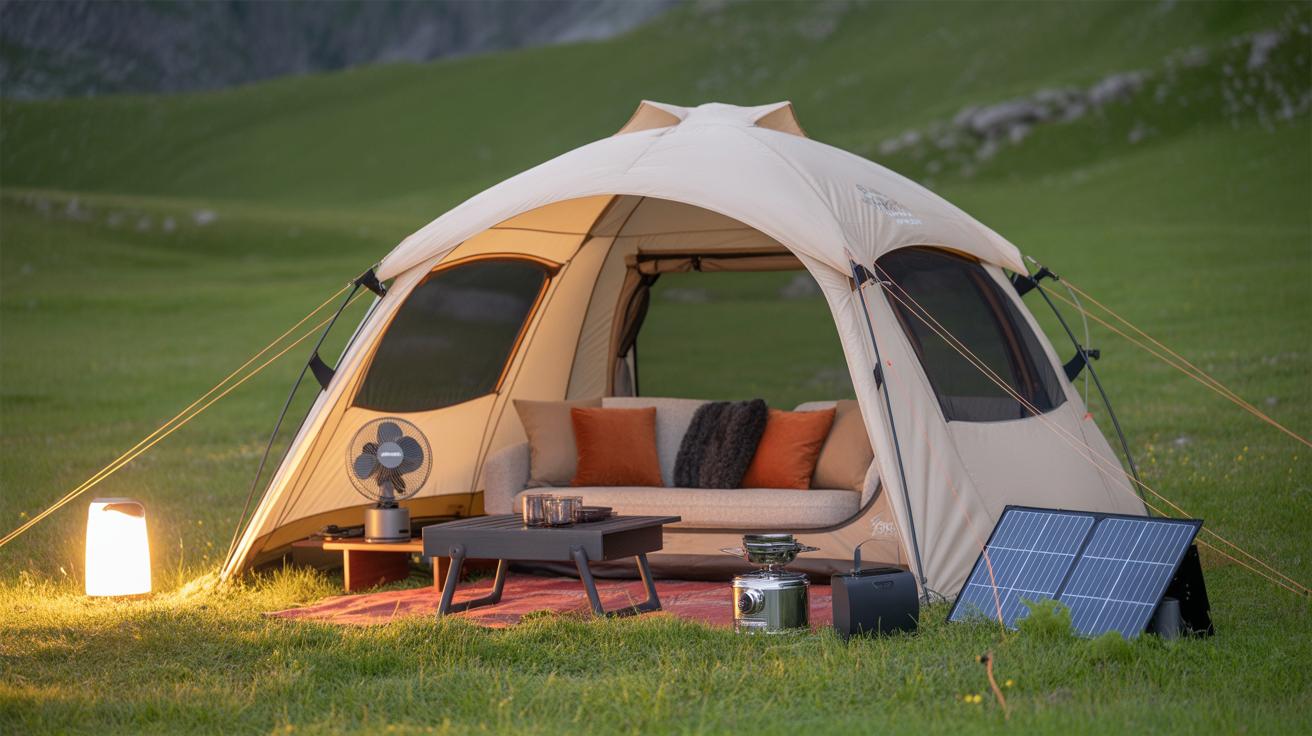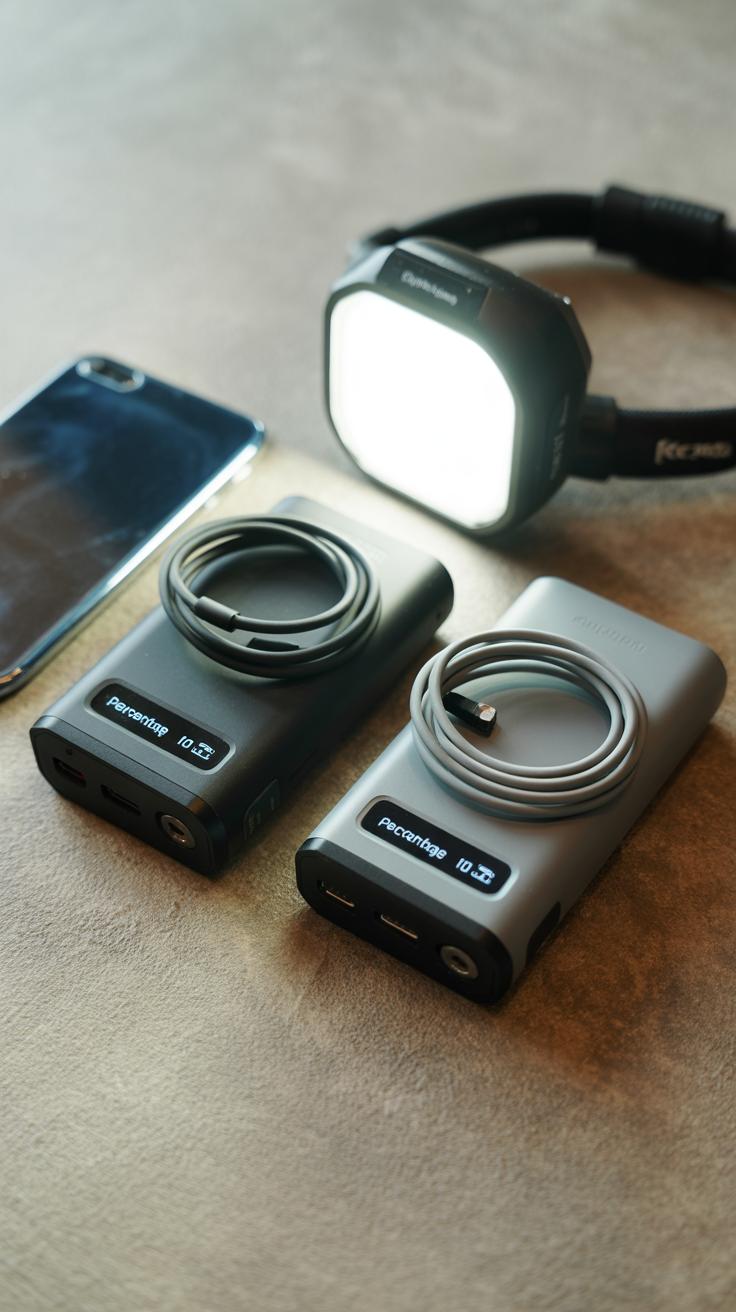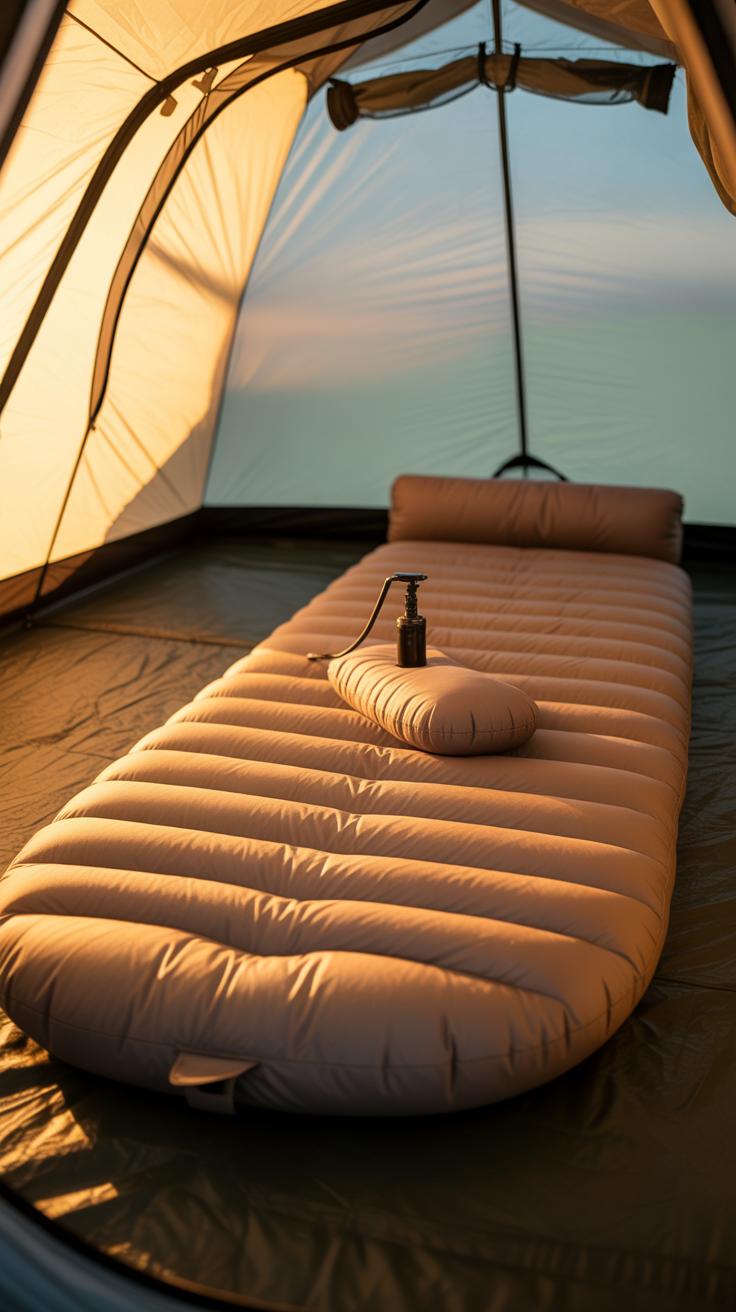Introduction
Camping is a popular way to spend time outdoors and enjoy nature. Many gadgets are designed to help make your camping trips comfortable and fun. Trending gadgets for campsites can solve common problems and offer convenience, without adding too much weight or complexity to your gear.
This article explores ten trending gadgets that you will actually use at your campsite. You will learn what makes these gadgets helpful, how they work, and why they should be part of your next camping adventure. Whether you camp often or just sometimes, these gadgets can enhance your experience.
Portable Solar Chargers
Portable solar chargers turn sunlight into electricity using small solar panels embedded in a lightweight device. The panels capture sunlight and convert it into power, which charges an internal battery or directly powers your devices. For campers, this means you can keep your phone, lamps, GPS units, and even small fans running without relying on traditional power sources. It’s especially handy when you’re far from a power outlet or when your car battery is drained.
One big advantage is that solar chargers provide a renewable energy source at your campsite. You don’t have to carry extra batteries or worry about running out of power mid-trip. Plus, you’re not tied down by cords or generators. The sun’s energy is free and abundant during the day, and many devices can store power to use after sunset.
When choosing a solar charger, think about the size and power output carefully. If you just need to charge a phone, something small—maybe around 10 to 15 watts—might do. But if you want to keep a tablet or multiple devices charged, look for chargers with 20 watts or more. Durability is another factor. Camping means rough conditions, so a charger with water resistance and sturdy materials can pay off. Also, check device compatibility—make sure the charger can handle the ports and charging speeds your gear requires.
Finding the right balance between portability and power is tricky. Sometimes, a bigger panel is better, but it means carrying more weight. Other times, a compact charger works great if you only need emergency power. Think about how long your trip lasts and what electronics you bring along. It’s easy to underestimate your power needs until your phone battery hits 10% on the second day.
Compact Water Filters
When you’re out camping, having access to clean water isn’t just convenient—it’s essential. Compact water filters work by physically removing bacteria, protozoa, and sometimes viruses from natural water sources, letting you drink straight from lakes or streams without worry. Most use a combination of fine mesh filters and activated carbon or other materials to trap contaminants.
Drinking untreated water outdoors can expose you to risks like Giardia or E. coli infections, which can quickly derail your trip with stomach issues. Water filters cut down those risks by catching harmful microorganisms before they reach your mouth. Unlike boiling, filtering is much faster and doesn’t require a heat source, which is handy.
When picking a camping water filter, think about the size and weight, as those matter on long hikes. Also consider the filter’s lifespan—some can process thousands of liters before needing replacement. Other features like flow rate and ease of cleaning can make a big difference. Popular options include the Sawyer Mini, which is lightweight and simple, or the LifeStraw, known for ease of use. Maybe you prefer a pump style like the MSR Guardian, but those tend to be bulkier.
What kind of water sources will you use most? That might influence your choice. Filtering muddy or silty water? You might want a pre-filter or one that handles debris better. Clean water doesn’t always come easy when you’re outdoors, so having the right filter can save you some real trouble.
Rechargeable LED Lanterns
Light your campsite without hassle
Rechargeable LED lanterns have really changed the way I light up a campsite. The brightness they offer is impressive—clean, steady light that outshines those old fuel or battery-powered lanterns I used to rely on. You get a strong glow that spreads evenly, no flickering or dim spots that make you squint or guess where you’re stepping.
And the best part? These lanterns last a long time on a single charge. It’s not just a few hours—some models run through the night, which means fewer interruptions or scrambling for backup batteries. You don’t have to worry about fuel spills or buying expensive replacements either.
Features to find in a recharge LED lantern
When you shop for one, these features make a difference:
- Brightness control: adjustable settings let you keep it gentle for reading or ramp it up when you’re cooking or socializing.
- Weather resistance: camping isn’t always dry or predictable; a lantern that handles a little rain or splashes just saves headaches.
- USB charging: easy to charge on the go with power banks or solar panels, which is handy when you’re off the grid.
Some even offer hooks or collapsible designs, adding to their portability. I’ve found having a lantern that fits into small bags or clips onto tents frees up space and keeps things organized. It’s one gadget where investing a bit more usually pays off in reliability, but there are decent budget options as well. Have you noticed how these little additions can make a camping trip feel that much smoother?
Multitool Gadgets
Multi-tools are something I think every camper should carry. They pack a surprising number of useful tools into one compact device. Think of them like your backup, ready for anything from food prep to fixing gear. Common tools typically include a knife blade, pliers, screwdrivers in various sizes, a can opener, and sometimes scissors or a saw. Each serves a clear purpose—cutting rope, tightening loose screws on your tent poles, or opening a stubborn can of beans.
What’s really striking is how one multi-tool can replace a whole kit of camping utensils and repair tools. Instead of lugging around individual knives, screwdrivers, and pliers, you just reach into your pocket. It feels like carrying a small workshop, but without the weight or bulk that normally comes with it. This can save you space and time, especially if you’re someone who likes to keep packing lean but still be ready for the unexpected.
When picking a multi-tool, size matters. Too small, and the tools might not be strong enough; too large, and it loses portability. Blade quality is another factor—look for stainless steel or a similarly durable metal. Also, consider which functions you’ll actually use. Some models boast dozens of tools, but many end up gathering dust. I’ve found it’s better to choose something a bit simpler but reliable. What would you personally rely on most when out there? Keep that in mind while choosing your ideal multi-tool.
Portable Camping Stoves
Advantages and Types
Portable camping stoves offer a neat alternative to traditional open fires. They’re compact, lightweight, and usually start with just a click or twist—much easier than struggling with damp wood. There are mainly a few types you’ll find useful: canister stoves fueled by propane or butane, liquid-fuel stoves that use white gas or kerosene, and solid fuel or alcohol stoves which tend to be simpler and quieter. Each has its quirks and suits different styles of camping.
Unlike open fires, stoves deliver consistent heat. That means you can cook faster and more evenly. Plus, no worrying about creating an uncontrolled blaze or ending up with soot-covered pots. Though some might miss the charm of a crackling fire, stoves win on practicality.
Cook Anywhere Safely
One of the biggest perks is safety. Portable stoves contain their flame in a controlled space, lowering accidental fire hazards—something you definitely want when you’re surrounded by trees or dry brush. They heat water quickly, so you’re not waiting forever for coffee or a meal, especially after a long day outdoors.
We’ve all been there, fumbling with damp wood or shivering while food slowly cooks. Portable stoves cut through that frustration. They’re reliable when weather’s bad or fire bans are in place, letting you still enjoy warm meals without the risk.
Features to Consider When Buying
Choosing the right stove means thinking about what matters most on your trips. Fuel type is a big one—canisters are easy but might not work well in extreme cold, while liquid fuel is versatile but requires more maintenance. Size and weight matter if you’re backpacking; you don’t want a bulky stove adding hassle. Also, look at how easy it is to set up and clean. Stoves that fold compactly or store fuel neatly can save space and effort.
Have you noticed some stoves come with adjustable flames? That can mean better control when cooking different foods. On the other hand, simpler designs might last longer with fewer parts to break.
It’s worth asking yourself: do you cook elaborate meals or just reheat? Will you carry it daily or use it at a base camp? These questions help you pick a stove that really fits your style—and not just one that looks good on paper.
Compact Camping Fans
When the temperature rises or your tent feels stuffy, a compact camping fan can seriously up your comfort level. You might think a little breeze won’t make much difference, but these small devices actually help a lot by moving air around and cutting down on that trapped warmth. Warm nights, especially in tents with poor ventilation, can feel endless—having a fan can make the difference between tossing and turning or actually getting some rest.
Fans don’t just cool your skin; they break up stagnant air inside your shelter. If you’ve ever felt that muggy, close-in heat under a tent rainfly, you know how frustrating it gets. A fan helps prevent that, making your sleeping area less sweaty and far more bearable.
Choosing what fan to bring requires a bit of thought. You probably want something small enough to pack without hassle, but still strong enough to move air effectively. Battery-powered options are common—some use rechargeable batteries, others AA or AAA. Noise level matters too; nobody wants a distracting buzz while trying to relax. And durability can’t be ignored—this thing might get jostled or exposed to dirt and moisture.
For me, a fan that strikes a balance between size, power, and quiet operation wins every time. But I do wonder—would you sacrifice a bit of noise for a stronger breeze? It’s tricky, and maybe depends on the kind of trip you’re taking.
Collapsible Camping Tables
Having a stable surface at your campsite changes everything. Eating, cooking, or just organizing gear feels less chaotic when you’re not balancing plates or tools on uneven ground. Collapsible tables give you that flat surface anywhere you choose, which can make even a rough patch of dirt feel more manageable. They fold down small, so packing them doesn’t take much room — that’s a huge deal when you’re trying to save space for other essentials.
The convenience is clear: set it up quickly, then fold it away without fuss. But not all collapsible tables are created equal. When picking one out, think about how big you want it. Are you cooking for one, or is this a family setup? Weight matters too. If something’s too heavy, you might avoid bringing it even if it looks perfect otherwise.
Material makes a difference, too. Aluminum frames are light and resist rust, while thicker wood tops feel solid but add bulk. Ease of setup varies; some snap into place fast, others take more patience. It’s tempting to go for the lightest or cheapest option, but the last thing you want is a table that collapses mid-meal or takes ages to unfold. So, maybe test a few out if you can—sometimes comfort beats just saving space. Personally, I’ve found that a mid-sized aluminum table strikes a decent balance, though your needs might be different.
Smartphone Tent Lights
Smartphone tent lights work by either connecting directly to your phone through Bluetooth or using your phone’s flashlight feature paired with specialized attachments. Some tents have LED strips sewn in or clips designed to hold small lights that you control via an app. It’s pretty clever — instead of fumbling for a separate flashlight, you just tap your phone screen to adjust lighting inside your tent.
Apps like “Tent Light” or “Camp Lights” let you change colors, brightness, and sometimes even set timers, turning your phone into a multifunctional camping lamp. There are also physical gadgets that clip inside the tent and sync with your phone, offering more consistent illumination than your standard flashlight.
Light from your phone
Using your phone to manage tent lighting makes things much easier. You don’t need to dig through your backpack for a candle or bulky lantern. Flick your phone on, open the app, and control how bright it gets or pick a soothing color to settle in for the night. It’s straightforward, and means fewer gadgets overall — which, if you ask me, can only make packing simpler.
Though some might worry about relying on a screen for light, the convenience often outweighs that. Plus, with many apps, you get handy features like dimming or strobe effects for signaling in emergencies.
Benefits and limits of tent lights
That said, smartphone tent lights aren’t perfect. Phone flashlights aren’t as bright as dedicated LEDs, so if you want strong illumination, you might feel let down. Battery life is another factor. Running your camera flash or Bluetooth lights for hours drains your phone’s juice pretty fast, which can be tricky if you don’t have a power bank handy.
On the plus side, these lights are very portable. No extra batteries, no added weight in your bag. Yet, if you need a really bright or long-lasting light source, a smartphone tent light might only serve as a backup or mood lighting. It’s a trade-off — easy and compact, but with brightness and battery limits you have to keep in mind.
Portable Power Banks
When you’re out camping, the last thing you want is to run out of battery on your phone or camera. Portable power banks come to the rescue here, letting you charge devices wherever you are. It’s not just about convenience; sometimes your phone might be your navigation tool or an emergency contact device. So keeping it alive is kind of crucial.
The capacity of a power bank really depends on how long you plan to stay out and what you want to charge. For a weekend trip with a phone and maybe a small camera, a 10,000 mAh power bank might do fine. But if you’re gone for days or want to recharge multiple devices, something around 20,000 mAh or more will save you stress. I’ve used smaller ones before and had to ration my usage, which was frustrating.
When picking a power bank, keep an eye on a few things:
- mAh rating: Higher means more charges but also a bigger, heavier unit.
- Number of ports: Extra USB outputs let you charge several devices without swapping cables.
- Recharge speed: Some power banks recharge themselves in hours, others take longer — that can matter if you’re going back and forth often.
- Ruggedness: Outdoorsy designs resist drops, dust, and water, which you want if camping feels rough.
Now, some might argue that carrying a giant battery defeats the point of minimal camping gear. True, but a lightweight, moderately sized power bank can really make a difference in keeping your gear powered without adding too much bulk. So, which one suits your style? It might take a bit of experiment to find the balance that fits your trips best.
Compact Sleeping Pads
When camping, a good night’s sleep can feel like a rare luxury. That’s where compact sleeping pads come in. They add a layer of cushioning that makes sleeping on rough or uneven ground much more comfortable. But it’s not just about softness—these pads provide crucial insulation against cold, damp earth, which otherwise can sap your body heat during the night. If you’ve ever woke up stiff and shivering, you probably know why insulation matters as much as comfort.
There are several types of sleeping pads you can choose from. Inflatable pads tend to offer the best cushioning and pack down small, but they require some effort to inflate and can be punctured. Closed-cell foam pads won’t deflate and are more rugged, although they’re bulkier and less plush. Hybrid models mix foam with air chambers to balance weight and comfort, though they usually cost more.
When picking a sleeping pad, think about a few features that really matter in the field:
- Thickness: Thicker pads mean better comfort and insulation but add bulk.
- Weight: For backpackers, every ounce counts—lighter pads might mean compromising on some softness.
- Insulation rating (R-value): This shows how well it blocks heat loss. If you camp in cooler climates, a higher R-value helps.
- Ease of inflation: Pumps or self-inflating pads save time, but sometimes manual inflation is lighter and simpler.
I remember one chilly night when my pad wasn’t insulating enough—I barely caught any rest, which made the next day feel twice as long. So, getting the right balance for your adventure isn’t just about comfort, it’s about staying functional. What kind of camper are you? That’s the question that helps decide which sleeping pad you’ll actually use.
Conclusions
Choosing the right gadgets for camping can make a big difference in your comfort and convenience at the campsite. The trending gadgets we discussed are easy to use and have practical uses that solve typical camping challenges. They help with lighting, heating, cooking, charging devices, and organizing your space.
Think about which gadgets suit your camping needs and style best. Trying new equipment can lead to a better camping experience. Use these insights to pack smarter and enjoy your time outdoors more. Your next camping trip can be easier and more fun with the right gadgets.

